
Gases evaporating while the meteorite was falling through the atmosphere (discovermagazine.com)
At that moment, a decent meteor disintegrated at a speed of 19 km per second (12 miles per second), and its residues fell down to the ground.
This meteor has 20 meters diameter and a weight of 13,000 to 14,000 tons.
When entering the atmosphere, 30 km above the Earth, meteor had exploded with strength of 500 kilotons of TNT. Greater part hasn’t persisted, but small segment fell to the ground.
During the meteor disintegration, was formed a shockwave, which was smashing windows in the distance to 90 km. Inhabitants also at the same time saw another “star”, which was just illusive twin.
Fragments that survived the cataclysm of the strength 30 times greater than had the Hiroshima atomic bomb Little Boy, have the total weight of 4-6 tons.
Damages after the meteor collision with Earth were the largest since the disaster in 1908, historians called Tunguska disaster, according to the area where the impact of the hypothetical meteor.
A century has passed and once again there is a collision with a larger meteors which raised concerns about our safety.
Will we be erased by one big piece of stone, or by wars? So far, it’s in the stars.

Gases evaporating while the meteorite was falling through the atmosphere (gizmodo.com)
Part, that remained from the meteorite, crashed into the Chelyabinsk region and most of the pieces were found fallen in the Chebarkul lake. There was also discovered the biggest piece weighing 650 kilograms.
Now, from analysis of the remains we know the fact that the Chelyabinsk meteor hadn’t collided with another object for 115 million years since the creation of the Solar System.
Two teams from Russia and Czech Republic, present two different theories about the origin of Chelyabinsk meteorite.
The Russian team led by Popov thinks, that the birthplace of this meteorite is a large group of asteroids named Flora, which is also place of origin of the “dinosaurs killer meteorite”, which had exterminated dinosaurs 65 million years ago.
Czech team opposes and thinks that the origin must be sought in the asteroid 1999 NC43, from which the piece broke off after traveling around the earth.
1999 NC43 belongs to the Apollo group of asteroids, which includes a known asteroid Itokawa, which has been visited by a human probe Hayabusa.
Why haven’t we appeared the meteorite before?
The first reason is its small area radiation of infrared rays due to its small size and also reflectivity of the object is indeed very small.
The second reason is the approaching of the meteorite from back of our shining star.
Sources:
wikipedia.org
osel.cz
Stránka: 1 2

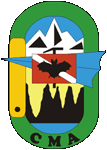





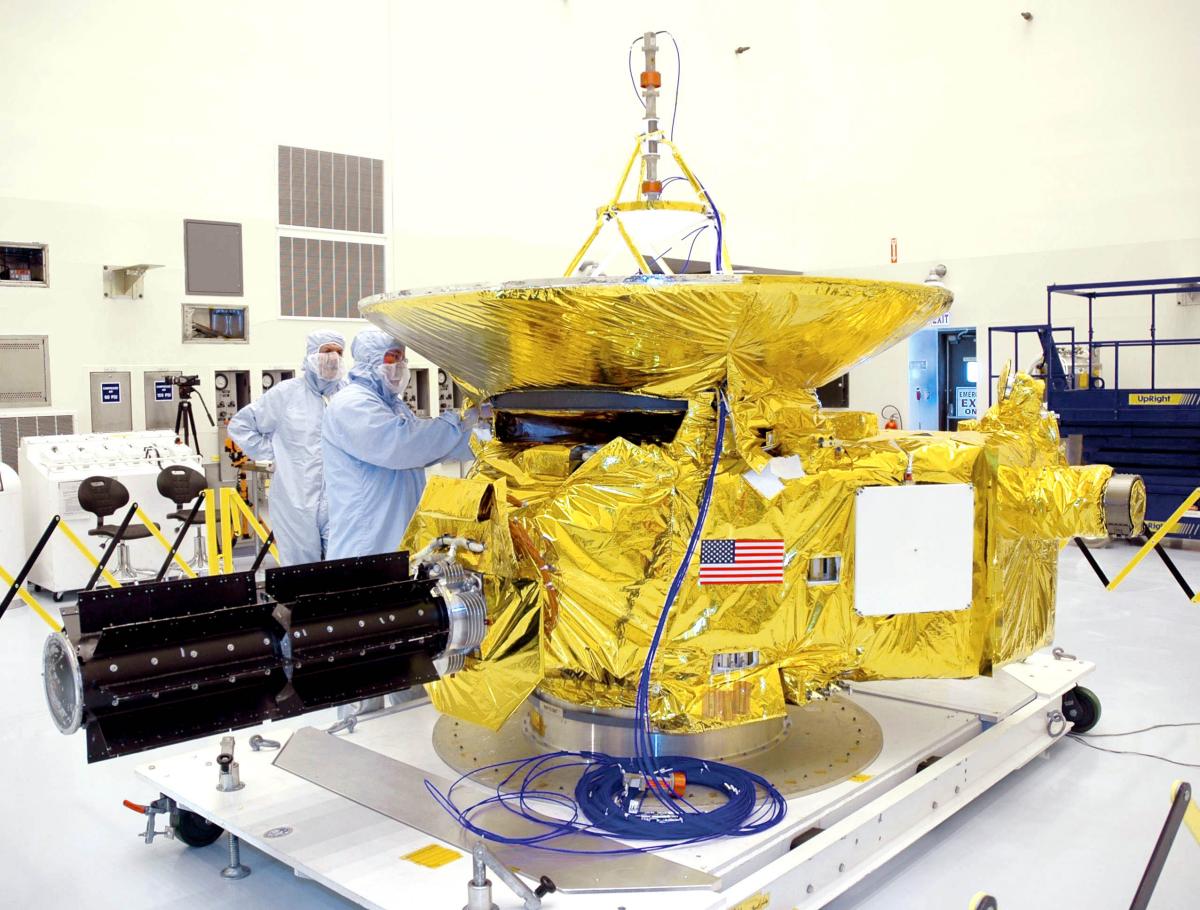
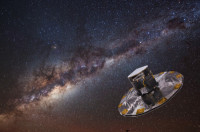


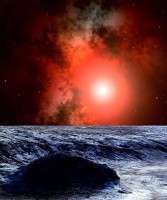
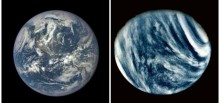
 Vyplňte prosím dotazník o používaném softwaru a dejte nám tak vědět, jaký je váš oblíbený software!
Vyplňte prosím dotazník o používaném softwaru a dejte nám tak vědět, jaký je váš oblíbený software! Microsoft odebral CERNu status akademické instituce. Proč se tak stalo? Změnil Microsoft licenční podmínky? Hrozí něco podobného i českým ústavům?
Microsoft odebral CERNu status akademické instituce. Proč se tak stalo? Změnil Microsoft licenční podmínky? Hrozí něco podobného i českým ústavům?